A defining moment in the history of Barcelona was being the host of the Summer Olympic Games in 1992. The city underwent huge renovations in preparation for the events, both with new sports facilities, architecture and improvements all across the city. Did you know that even the Barceloneta beach was remodelled in preparation from the games, creating two miles of beachfront using sand imported from Egypt? The city is a prime example of how future Olympic cities can revitalise themselves by hosting the sporting event!
What’s the history of the Olympic Park?
The Barcelona Olympic park is found on Montjuïc Mountain, with structures such as the Palau Sant Jordi, the Telecommunications Tower, as well as the locations for the sporting events to take place. The central part to all the facilities is the Olympic Stadium, known as the Estadi Olímpic Lluís Companys in Catalan, in honour of the former president of the Government of Catalonia. The stadium was originally built in 1927 for the 1929 International Exposition held in Barcelona. It was also designed for the 1936 Olympic Games that were supposed to take place in the city, but due to the political situation at the time never took place.
What to see at Barcelona’s Olympic Park
Olympic Stadium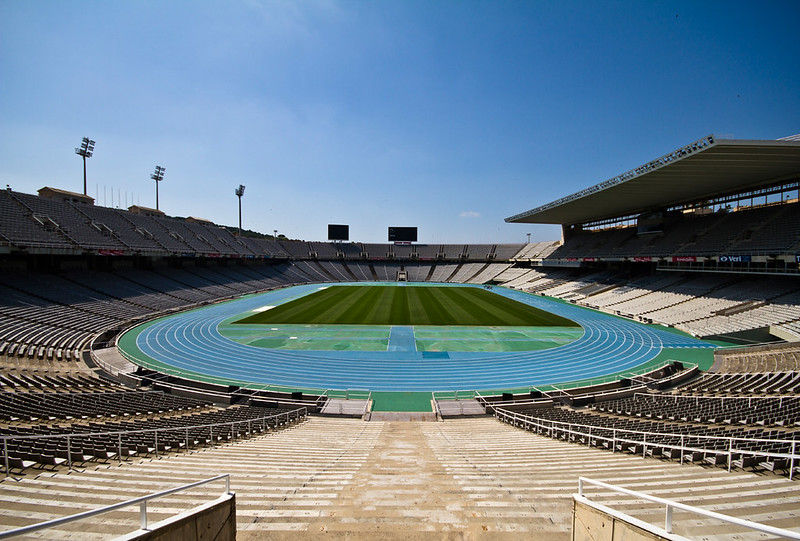
The stadium was renovated in time to host the Olympics in 1992, completely remodelling the structure but conserving the exterior as it first was built. The stadium can hold up to 60,000 people and has held numerous sports events since then, such as the European Athletics Championships.
It has also hosted many internationally renowned artists such as: The Rolling stones, Michael Jackson, AC/DC, Beyonce, Madonna, and David Bowie, just to name a few!
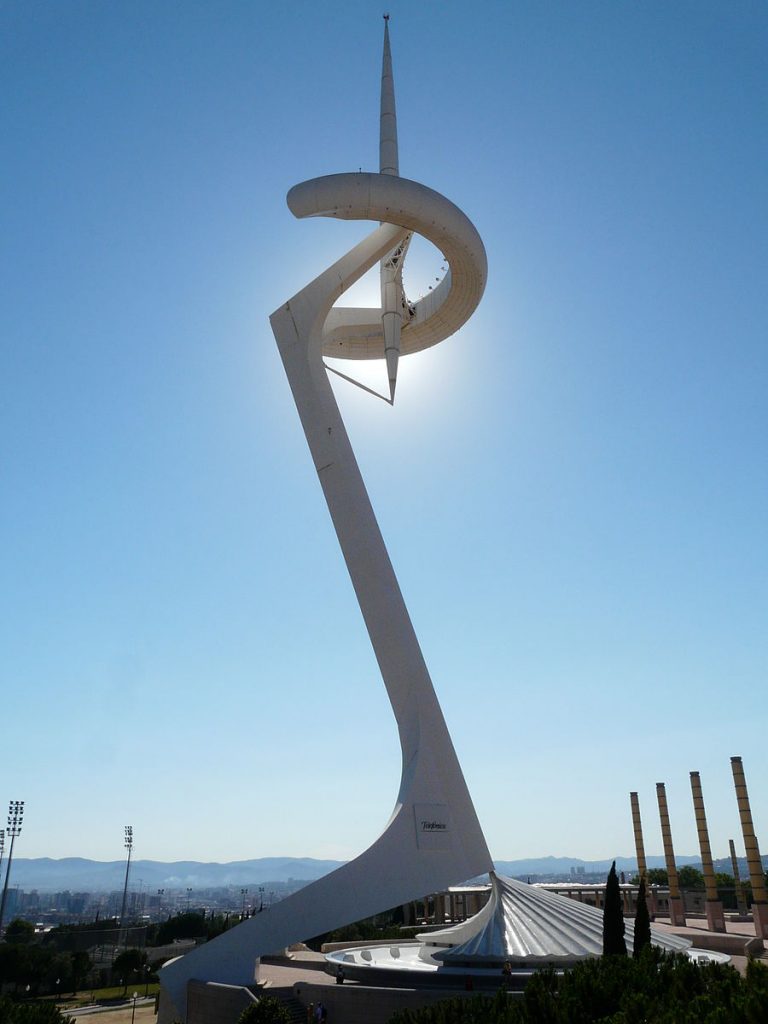 Telecommunications Tower
Telecommunications Tower
The Montjuïc Communications Tower, also known as the Torre Calatrava, was designed by Valencian artist Santiago Calatrava, and constructed between 1989-1992. It is an enormous structure, with a white curved silhouette that is said to resemble an athlete carrying the Olympic torch. The tower is 136 metres high, made from steel and its base is covered in trencadís, or broken tile shards, in homage to architect Antoni Gaudí. It can be seen from all over the city, becoming an iconic feature of Montjuïc and the Barcelona skyline.
Palau Sant Jordi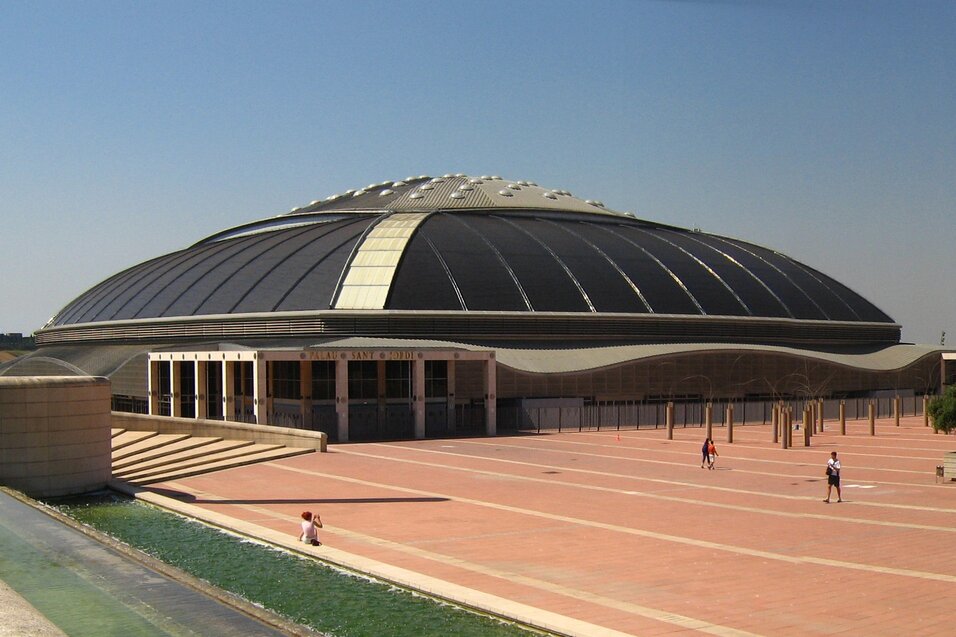
Another great attraction of the Olympic Park is the Palau Sant Jordi, which translates to St. George’s Palace in English. It’s an indoor sports arena designed by Japanese architect Arata Isozaki, which hosted sports such as gymnastic, handball and volleyball during the Games. Today, it is used for a variety if indoor sports events, hosting events such as the IAAF World Indoor Athletics Championships, tennis’ Davis Cup, and the World Men’s Handball Championship, among many others. It has also hosted many other concerts and cultural activities too, like its neighbour the Olympic Stadium!
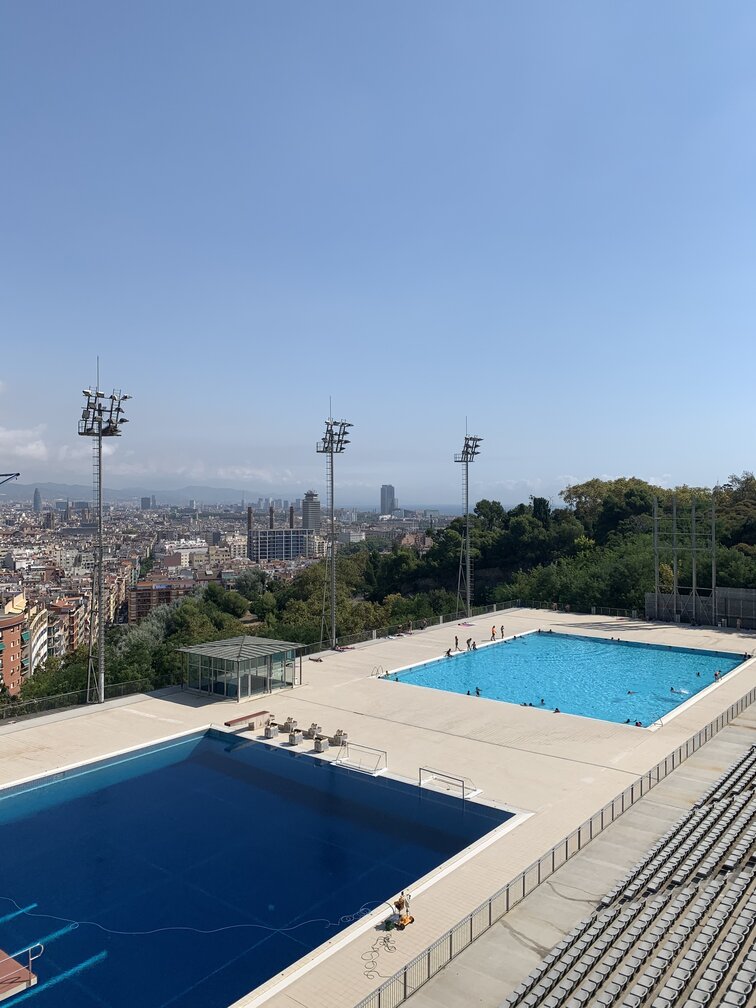 Bernat Picornell Pools
Bernat Picornell Pools
Opened in 1970 to celebrate the 12th European Aquatics Championships, the Summer Olympic Games in 1992 were later remodelled in preparation for the Olympic Games in 1992. The swimming events were held here, including diving and water polo. The pools were built by architects Antonio Lozoya and Joan Ricart, named in honour of the champion and pioneer of Catalan swimming, Bernat Picornell i Richier.
The best part of these pools are the spectacular, panoramic views of Barcelona in their backdrop. The fantastic photographs of dives with the Sagrada Familia in the background are some of the most iconic and memorable images of the Games. Kylie Minogue also used the pools as the location for her 2003 single, ‘slow’! The outdoor pools are open all year round for the public to enjoy, with longer opening hours in the warmer, summer months.
Plaça d’Europa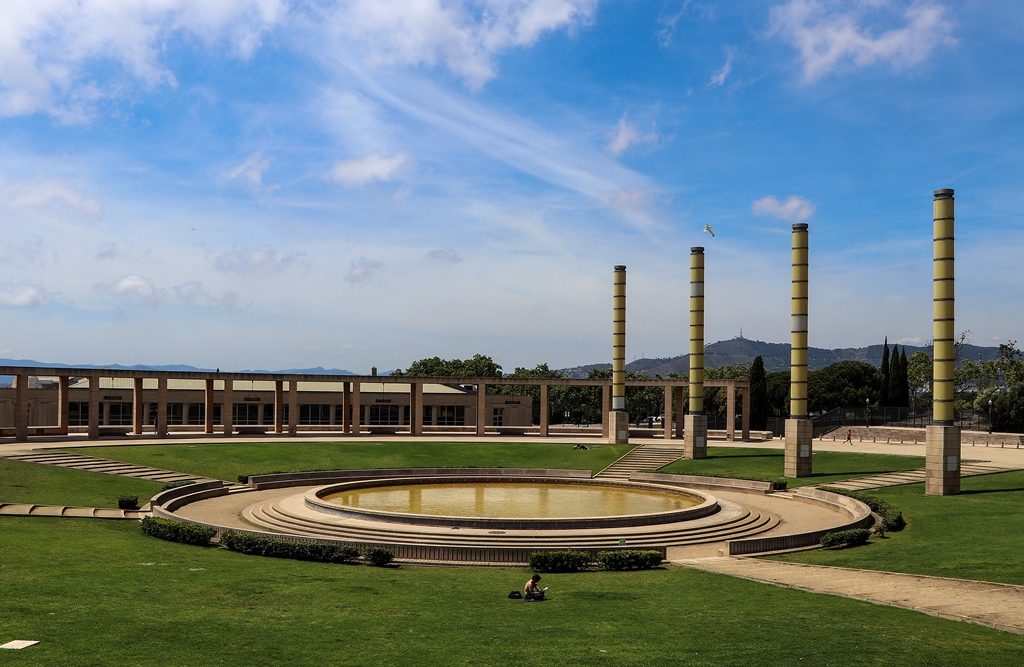
The Plaça d’Europa is the area that you will spend most time wandering around upon entering the Olympic Park, offering spectacular views of the entire city. It has minimal design, with decorative pools and bench areas for you to sit and relax. Head up here for sunset to experience the beautiful skyline, looking out to the Mediterranean and over the whole of Barcelona.
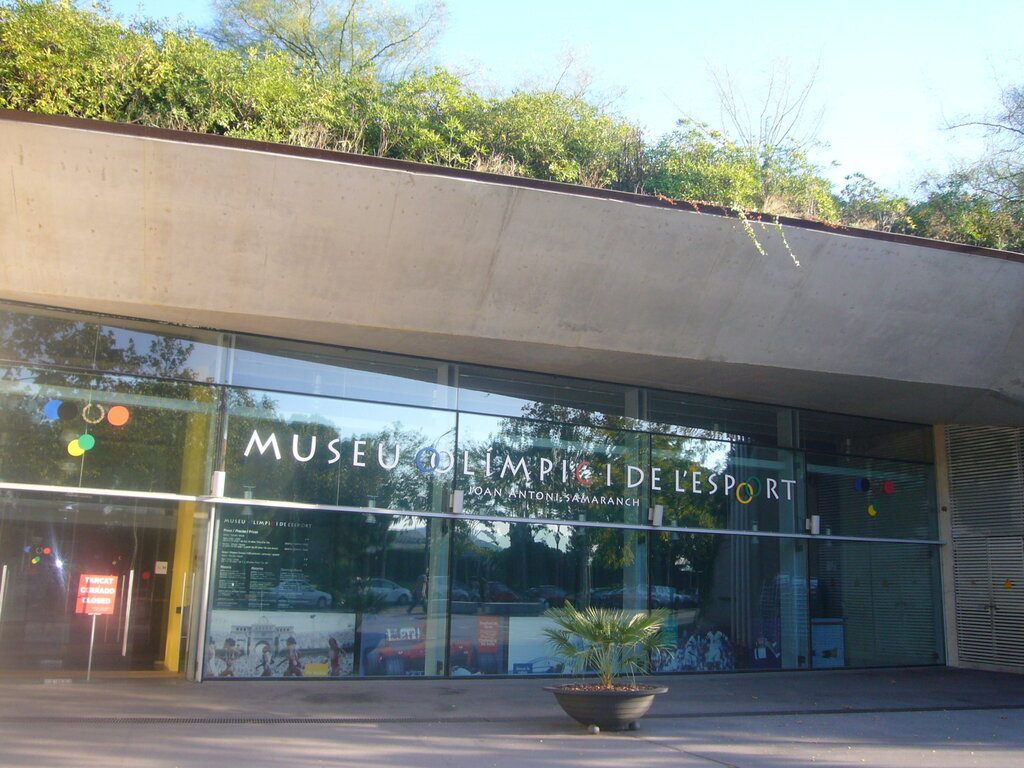 The Olympic and Sports Museum
The Olympic and Sports Museum
If you want to learn more about the history of the games, and of sporting history of both Catalonia and the rest of the world, the Olympic Museum is a must visit! Located just next to the Olympic Stadium, it shows a global perspective on all sporting disciplines, and shows their progression through the ages and the Olympic movement and values. All aspects of sport are covered by the museum, from high performance competitive sports, to leisure and sport for people with disabilities.
It is a great place for any age group to visit, as there are interactive sections to keep kids entertained, as well as covering sport that the older generations can look back and reminisce on. For more information on tickets and opening times, visit the museum’s website to find out more!
If you like the sound of the Olympic park and have added it to your ‘must-visit’ list when you’re next in Barcelona, let us help you find the perfect place to stay during your visit! At AB Apartment Barcelona, we have over 500 apartments in the city, for you to choose the best place for you. Search our website to browse the apartments or contact our friendly team who are more than happy to help you with any queries or questions you may have.


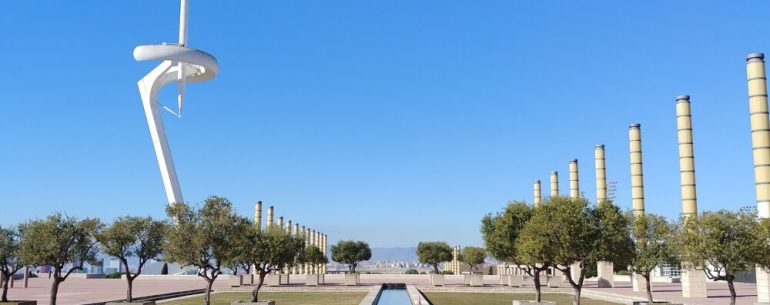
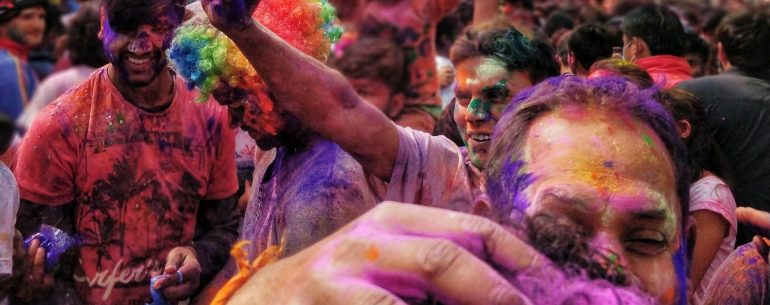

Leave a Reply